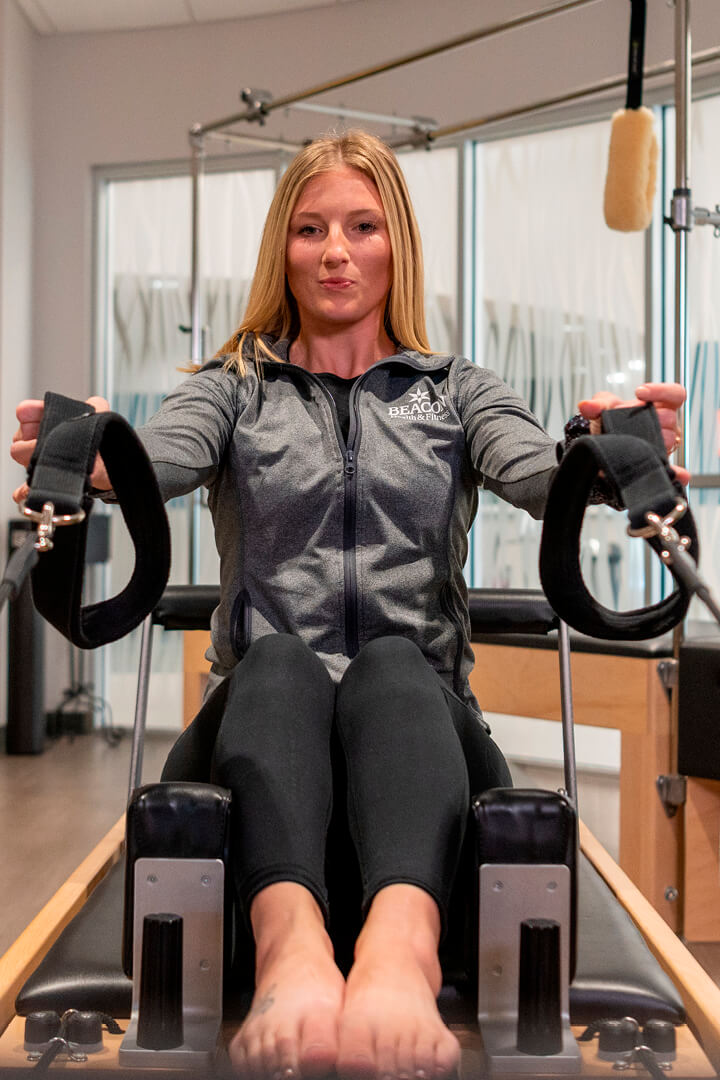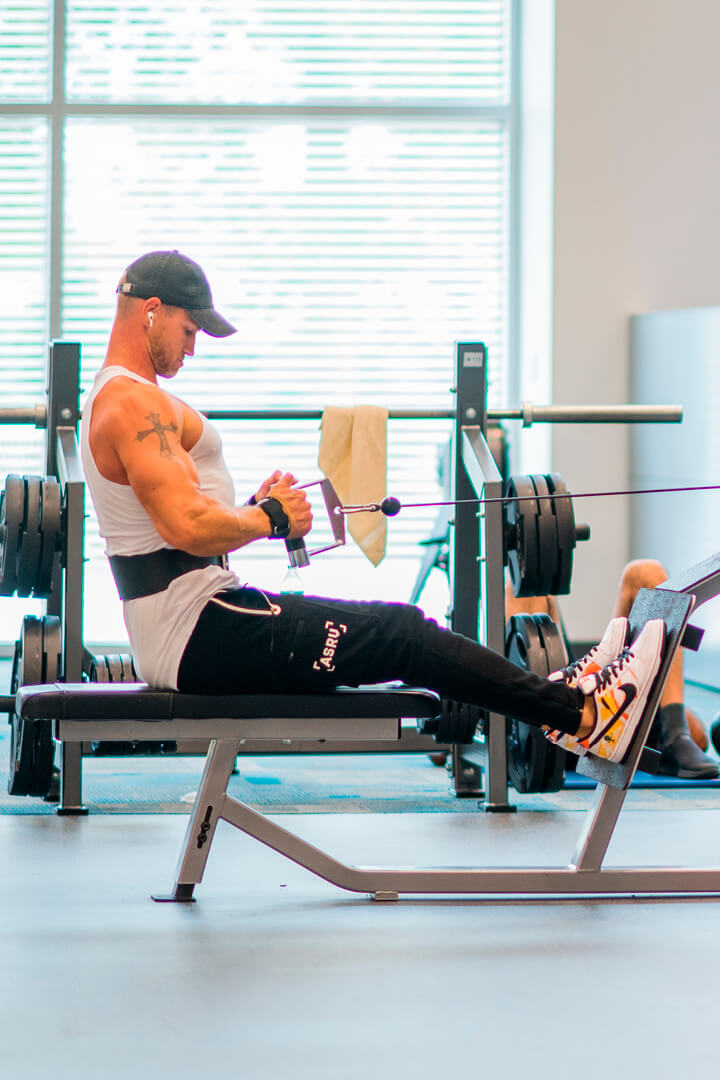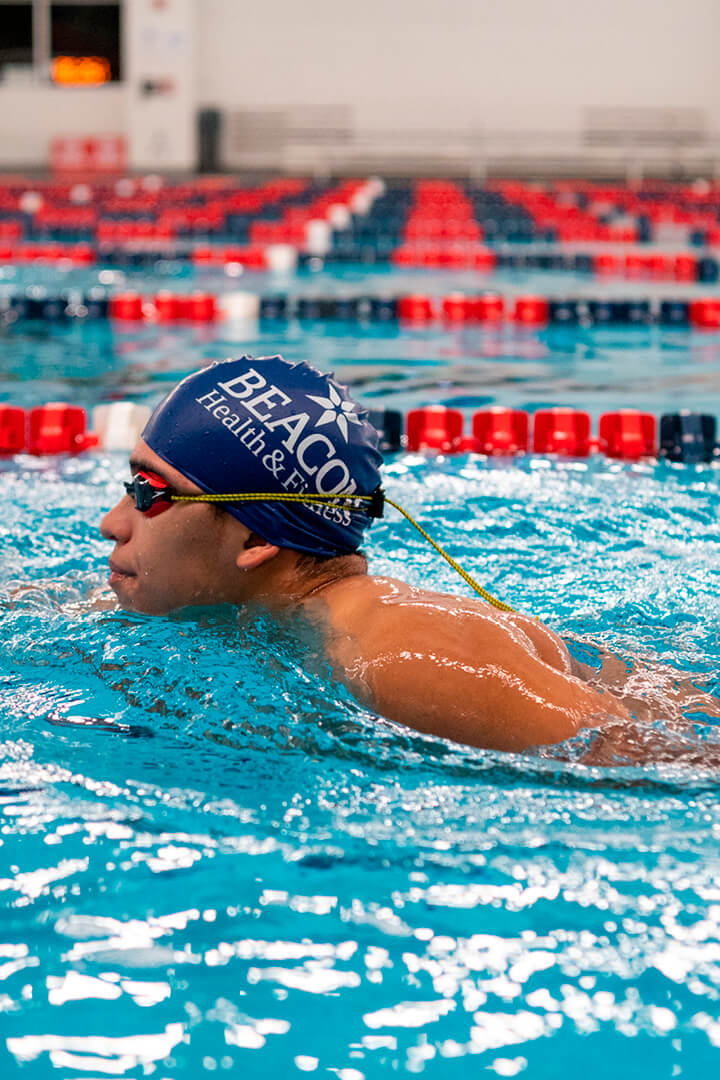[vc_row css_animation=”” row_type=”row” use_row_as_full_screen_section=”no” type=”full_width” angled_section=”no” text_align=”left” background_image_as_pattern=”without_pattern”][vc_column][vc_column_text]
[/vc_column_text][/vc_column][/vc_row][vc_row css_animation=”” row_type=”row” use_row_as_full_screen_section=”no” type=”full_width” angled_section=”no” text_align=”left” background_image_as_pattern=”without_pattern”][vc_column width=”2/3″][vc_column_text]
Being able to balance is important for everyone, not just athletes. Growing children, geriatrics, as well as the general public need to maintain good balance for optimal functional fitness. When people struggle to stand upright, walk evenly, or hold themselves up they may be suffering from a decrease in balance. The following contribute to solid balance:
- Having postural control and proper muscle activation for the proprioceptors (what your body uses to detect spatial awareness) to react quickly and accurately.
- The vestibular apparatus, an organ in the inner ear, helps to recognize the change in the center of gravity.
- Your eyes need to see clearly in order for your body to better gauge your environment and where you are within it.
Specific exercises help improve the body’s ability to control a movement and stabilize. Strong and mobile joints are very important in helping the body move, hold, and correct a movement. With tighter joints, it’s harder to stay fluid and keep the proper form needed to move through a safe range of motion. Balance can be improved by such simple things as sitting upright with intent, standing without swaying, and kneeling. From there, more challenging exercises like standing in “tightrope” stance, balancing on one foot, or raising up on tiptoes and holding, can be added.
[/vc_column_text][/vc_column][vc_column width=”1/3″][vc_single_image image=”877″ img_size=”medium” qode_css_animation=””][vc_column_text]
Mallory Conrad
MConrad@beaconhealthsystem.org
[/vc_column_text][/vc_column][/vc_row]





